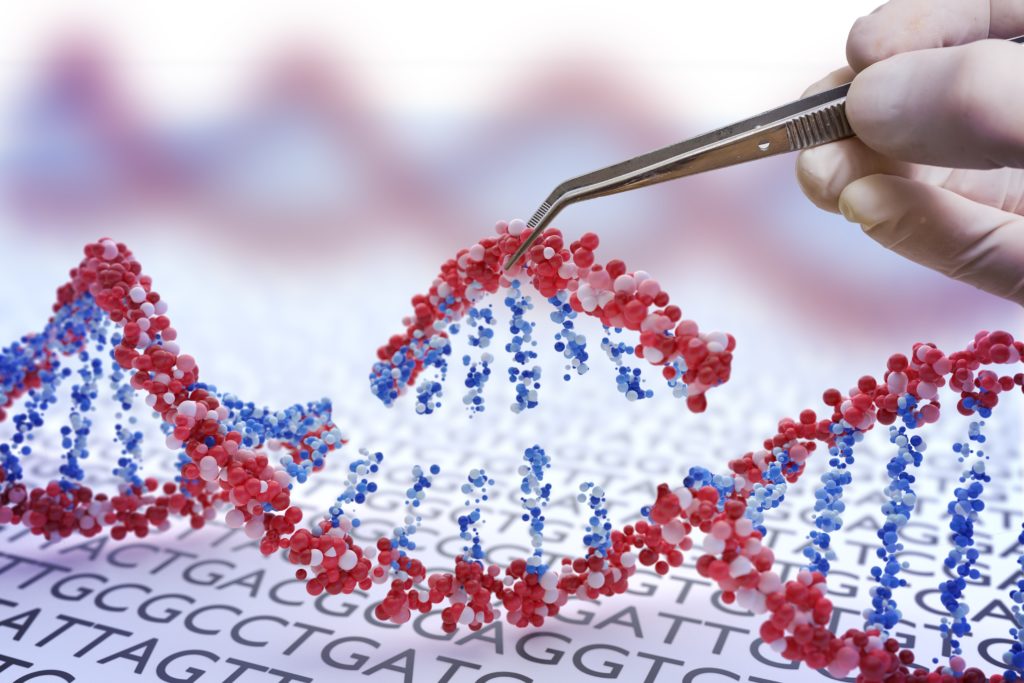
They developed one of the century’s biggest breakthroughs in science and technology. Their invention has already begun curing horrible diseases like Sickle Cell Anemia. The future holds even more promise for the technology to cure other diseases and maybe even slow the aging process.
Locked in Battle: But for years, the scientists who invented the gene-editing tool, CRISPR-Cas9, have been locked in litigation over who should own the patent rights to the technology.
Nobel Prize winners Jennifer Doudna of U.C. Berkeley and Emmanuelle Charpentier who was working with Doudna and the Berkeley team published the first paper on the CRISPR system in 2013. The paper described use of the system on genes in test tubes. But a team from the East Coast – the Broad Institute, led by Feng Zhang of MIT published a paper a few months later describing use of the tech in animal and human cells.
Patents for CRISP-Cas9 are worth billions of dollars because anyone doing any development in that field must pay for a license to use the technology or else face a business-killing patent infringement lawsuit. Both the East Coast and West Coast groups sought patent rights in the technology.
East Coast Rules: Recently, a panel from the U.S. Patent Office issued a ruling in favor of Broad Institute. That, however, won’t be the end of the battle. Appeals could drag on for years. Patent litigation is exceptionally expensive and time-consuming for the litigants who are forced to give depositions and subject their processes and notes to scrutiny.
Fortunately, development of life-saving applications using CRISPR-Cas9 has continued despite the litigation. It’s just required a license from both the West Coast and the East Coast groups.
Can’t They Just Get Along? There’s an easy solution: drop the suits and form a joint venture that brings the West Coast and East Coast groups together. The joint venture could pool the patents and sell one license to anyone who wants to develop applications with the technology. The Broad Institute has invited such an arrangement.
And that way everyone wins. The scientists get the financial rewards they deserve, and the world gets the benefits of a life-saving technology. You’d think some of the smartest people in the world could figure that out.